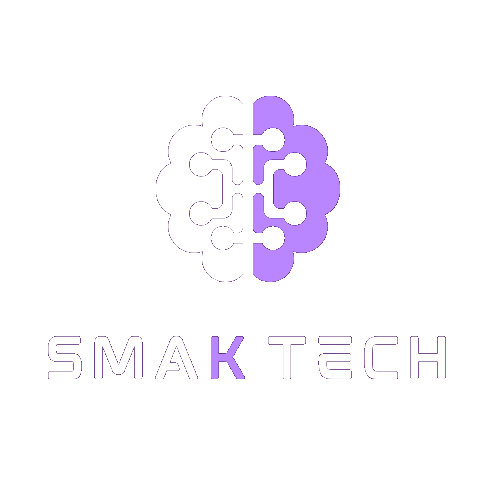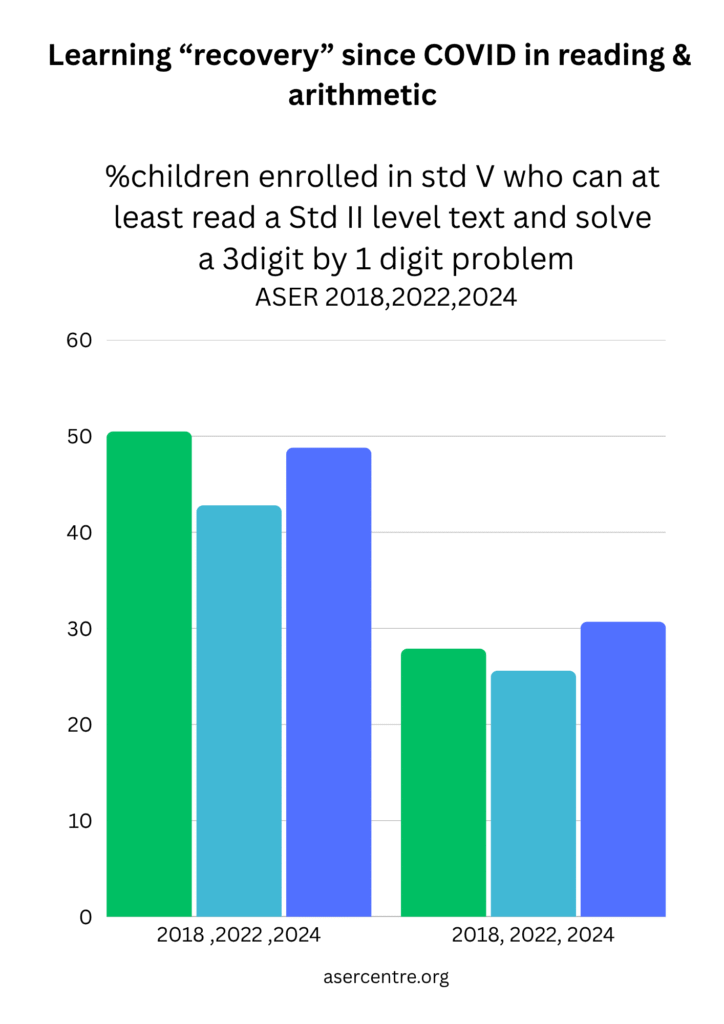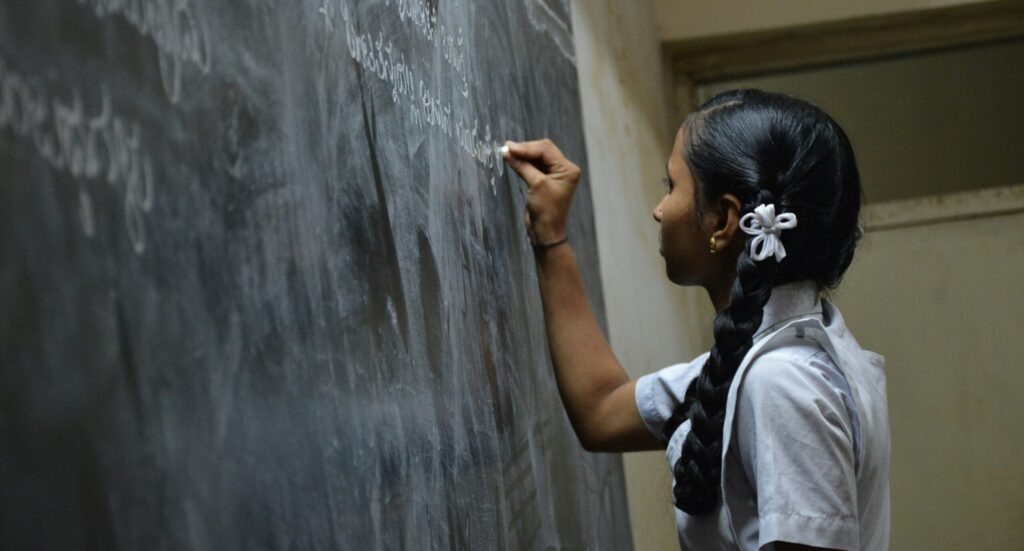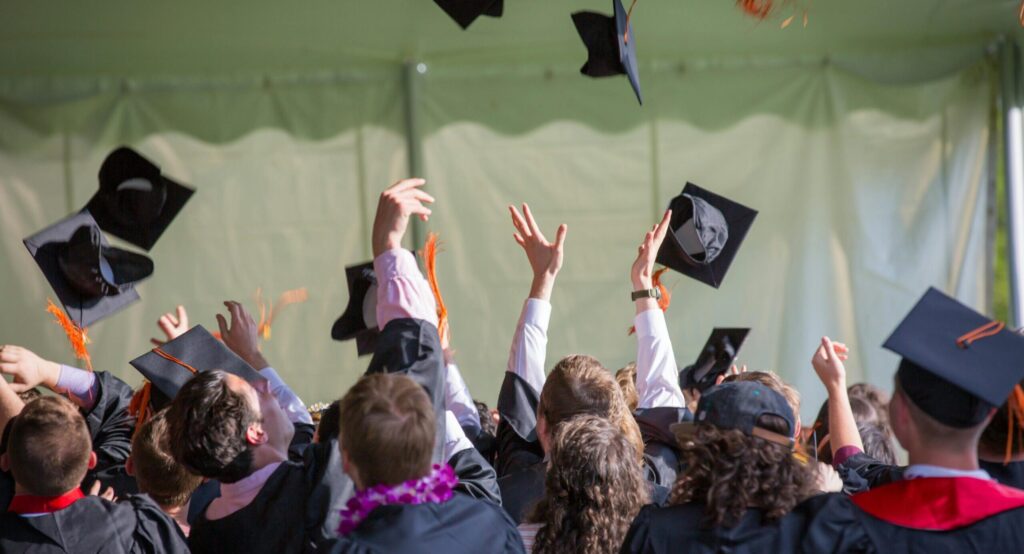My cousin Aarav, a 12th-class student, was very tense about his performance. Not only he but his parents, teachers were also quite concerned about him. Every time the teacher looked at Aarav’s test scores, they seemed average. Not that bad, not excellent. Just somewhere in the middle. They also observed that he hesitated before answering, avoided group discussions, and had stopped asking questions altogether. No one realized it yet, but Aarav had quietly fallen behind due to the learning gaps. Many students like these struggle silently. Curious what helped Aarav get back on track? Let’s dive in.
In a classroom, students study from the same teachers, in the same environment, and many excel, while others silently fail behind. In this setting, in which their uniqueness holds no place, instead, they are forced to fit into the same structure. When left unaddressed, these differences in understanding become a significant issue, transforming minor instances of negligence into substantial learning gaps.
Isn’t this a stark reminder of where the learning in schools is heading? Learning gaps are not just about poor grades; they reveal a deeper story behind them, i.e., missed concepts and differences in the pace of learning. But in this digital age, these challenges can be tackled more effectively. Educators are finding new ways to personalize every student’s learning experience so that no one is left behind.
The blog explores the cause of learning gaps, their impact, and how technology is shaping a smarter path forward.
Table of Contents
ToggleWhat are learning gaps?
According to the Times of India, “A nationwide assessment by the Ministry of Education’s PARAKH reveals alarming deficiencies in foundational learning. From reading comprehension to basic numeracy in Class 3, Class 6, and Class 9, a majority of students are falling behind in core skills.
“Think of these learning gaps as small potholes on the road; if they are small, students can drive over them. But if they grow too wide, growth can come to a halt.
Generally, it refers to the difference between what a student is expected to learn at a certain point in time and what they learn. The gaps can be academic, like struggling with a particular subject, or skill-based, like critical thinking or comprehension. These gaps should be a concern as they hinder students’ ability to grasp new information, affect confidence and participation, and can lead to long-term academic underperformance.
Causes of learning gaps
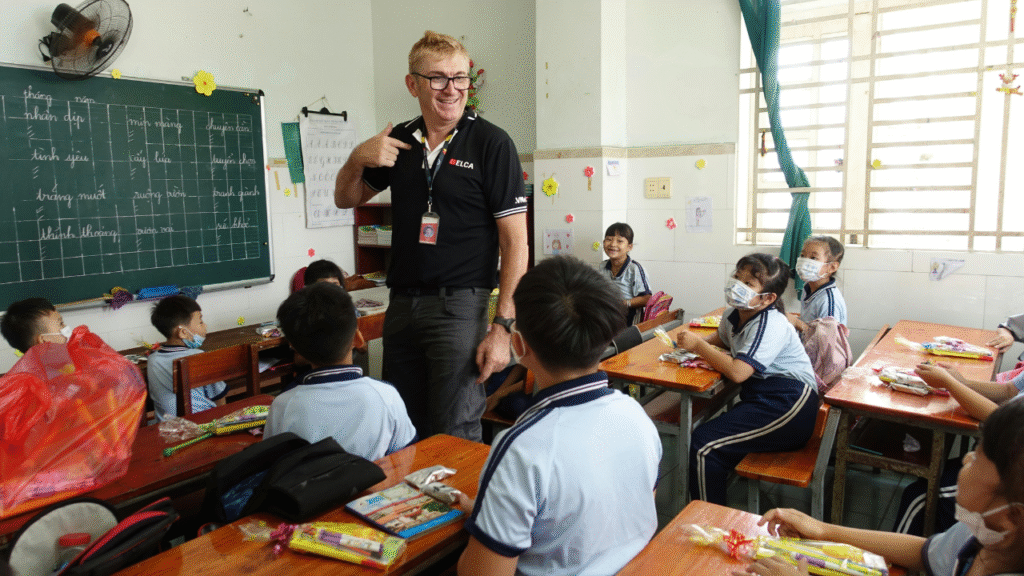
- Inconsistent teaching- Differences in teaching styles, pacing, and experience levels can impact how well the student learn. One teacher might focus on conceptual understanding, and another on rote learning. Some schools may use new, updated materials while others lag with outdated curricula. The result shows up in the students in the same grade but different schools or even classes.
- Interrupted learning- Life plays its part in unexpected moments may be it is a family emergency, illness, migration, or pandemic like COVID. During that time, Many students had no access due to low connectivity during online classes. This resulted in falling behind and failure to catch up with the new concepts.
- One size fits all curriculum- Ever wished for a separate, specific learning path aligning with your goals? Let me tell you, you are not the only one. Every student wishes for the same, but traditional education often assumes that everyone learn the same way and at the same pace. The result? Some students move ahead without truly mastering the basics, and quietly move forward with the gaps.
- Lack of targeted feedback- Without a proper assessment of students, every action becomes difficult to track. The ongoing exams and end of terms show the cause, but without real-time tracking, it is very difficult to adjust instruction mid-course. This results in discovering the gaps late.
- Language, Cultural, and Economic barriers- Students’ learning journey is shaped by the environment. Those from non-English speaking backgrounds struggle to keep up with the instructions and materials. Also, those without access to digital devices or learning support at home fall behind. Stress from financial instability or household responsibilities also adds mental load.
ASER REPORT 2024
The ASER data shows learning loss during COVID and slow recovery post-2020. It is exactly one of the reasons why students like Aarav fell behind. His teachers found out that he had slipped away and created learning gaps during COVID. in this chart, the partial recovery by 2024 signals hope, but also highlights that many skills remain below pre-COVID levels.
Consequences of Poor Student Performance
- Decline in academic performance – It occurs when foundational concepts are weak, leading students to struggle with new and related topics. All this results in poor test and exam scores, increased errors in homework, and inability to grow with the building blocks.
- Loss of confidence and motivation- Remember that moment in class when everyone seems to get it except you. Over time, that feeling can turn into fear of speaking up and for doubt clearing, a lack of participation in class activities, and having negative self-talk with oneself, saying that “I’m not just good at this subject.” This is how students feel they can’t ever succeed, so they never bother to look into actual solutions.
- Weak foundation- We often see the chapters being in flow with each other, having connected concepts. Now, if the core concepts are not firm and clear, the students will not feel connected to the new concept. This will require more time and effort to grasp future lessons. The lessons seem to progress, but at the core, it is nothing more than ineffective learning.
- Struggle in competitive exams- In this competitive race of exams, everyone wants to excel, so they go on to build their foundational knowledge. It being weak, it takes them much more time to get into the actual concept. Thus, this performance dip in schools affects the students’ path when they enter the real world.
- Increased teacher workload – Till now, we have discussed much about the impact of learning gaps on students, but there is a side that is overwhelming for the teachers too. Teachers have to spend more time re-teaching instead of progressing. The pace of the class becomes uneven. Thus, without smart tools, educators find it difficult to fix the problem
- Increased spending on tuition- let’s dive into the problem parents face with the same. When the child falls behind, parents find ways to fix it. And the ways include private tutoring, online coaching platforms, and academic support classes. These expenses add up quickly and make a big chunk of parents ‘ earned money.
How does ed-tech address learning gaps?
Every problem has a solution, so does the one Aarav had. The teachers figured out that with our entire lives revolving around technology, how could they overlook the edtech tools? Curious to know what worked for him and how EdTech tools can bridge learning gaps for students like Aarav?Let’s take a look at how all this works.

- Personalized learning- A platform where the one-size-fits-all policy holds no place. Your guide here is AI, which curates everything according to your needs. The adaptive learning platforms like SmakTech help students with their real learning status. They personalize lessons based on your personal strengths and weaknesses.
- No language barrier- We are all well aware of the difficulties one faces due to language barriers. To make Foundational knowledge strong, these concepts should be clarified in the language in which the student feels comfortable. But this is too hard to implement in traditional classrooms as the diverse environment restricts such implementation. Here, edtech tools come into play; these apps offer multilingual content in Hindi, Marathi. Tamil etc.
- Doubt-solving Tools- The holy grail for students who hesitate while asking doubts to teachers, these doubt-solving tools provide you with a video solution or explanation. These ultimate judgment-free and accessible tools for all students can make them more confident and clear about their concepts.
- Gamified learning– Celebrating small wins is equally important. It helps students to remain motivated, as even their small wins are provided with virtual badges. This helps them remain motivated and even try harder.
Government Initiatives
SWAYAM– This word stands for Study Webs of Active Learning for Young Aspiring Minds. SWAYAM is a flagship initiative by the Government of India aimed at promoting equitable access to quality education for learners across the country. It helps students and teachers with the following:
- Free access to quality content, especially for students from remote or underprivileged areas.
Enables flexible, self-paced learning for those who cannot attend regular college.
Supports upskilling for professionals, homemakers, and adult learners.
Integrates with the National Credit Framework. Under the National Credit Framework (NCrF), every learning can be credited, subject to
It’s an assessment of academic credit transfers.
DIKSHA- This stands for Digital Infrastructure for Knowledge Sharing. Launched in 2017, India’s national digital platform for school education, developed by the Ministry of Education and the National Council for Educational Research and Training (NCERT).
Students can scan QR codes in their NCERT books to instantly access videos, exercises, and explanations on DIKSHA.
It offers free certification courses and teaching aids to improve pedagogy.
Content can be downloaded for learning in low or no-internet regions.
It provides inclusive education for students with disabilities.
ePathshala– It is an initiative by the Ministry of Education in collaboration with NCERT, aimed at providing free and universal access to digital learning resources.
Free NCERT textbooks for all classes in multiple formats like PDF, flipbook, and audio.
It provides offline access for students without stable internet.
Also helps Teachers with their resources, including lesson plans and training materials.
Learning should not be turned into a competitive race where the main aim of learning is often compromised. It should be adaptive, inclusive for every student, wherein terms like delayed, missed concepts do not hold place. Now, from government platforms like DIKSHA and SWAYAM to innovative apps like SmakTech, the future of education is no longer confined to the four walls of a classroom. This real power of Edtech lies in how it brings teachers, students, and administrators together to rewrite the story of learning.
